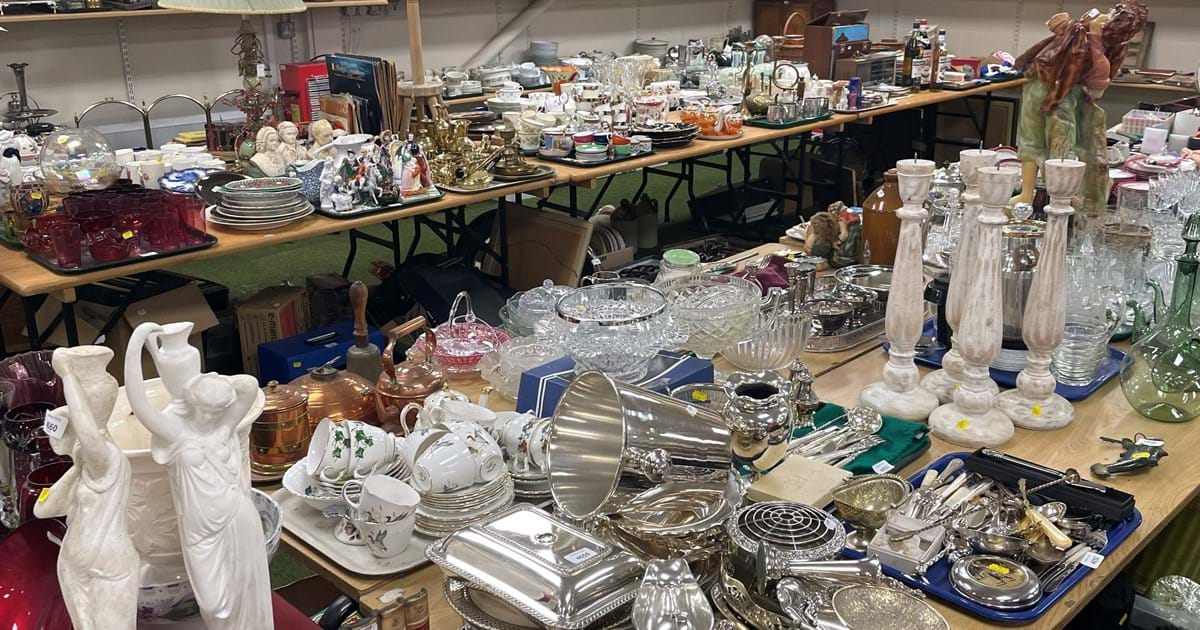Classic childhood toys that can invoke feelings of nostalgia, dolls have been an integral part of our culture as far back as 2000 BC. Some of the earliest dolls have been found in ancient Eygpt, Greece and Rome, and were typically made of clay, fur, wood, rags or bone.
Doll making as an industry didn't emerge until the 16th and 17th centuries in central Europe. The first dolls of this era were crudely made with wood. These early wooden dolls were often better produced that their later mass-produced rivals. Pre 1830s Grodnertal dolls are sought after for their better quality.
In the 19th century, wood gave way to papier-mache, wax and porcelain as alternative methods of production. German dollmaker Friedrich Muller developed a method for mass producing papier-mache dolls heads and early 19th century Biedermeier dolls are popular with collectors. The Pierotti family, based in London made high-quality wax dolls and is one of the most sought-after British dollmakers. Porcelain dolls became popular in the mid-18th century and onwards. Beidermeier is again one of the most sought after dollmakers within this genre.
The later 19th century also saw the rise of Bisque dolls, with Jumeau and Bru Jeune leading the way. The design of the Bebes doll in 1855 by Pierre Francois Jumeau introduced a stark change in the design of dolls. The dolls depicted a young girl, rather than the traditional adult that had been used up until this point.
After the second World War, new plastic materials were introduced, which have changed the way dolls are made. Hair is now rooted into the head, rather than being a separately glued on piece.
Types of doll:
Wood & papier-mache
- Poured wax
- Wax-over
Porcelain
- German china
- French china
- Parian
- Parisiennes or "Fashion dolls"
- Bebes
Fabric and Rag Dolls
Later Dolls
- Celluloid
- Plastic & Vinyl
Collectors notes:
- Undress the doll, does the head and body match?
- Are the limbs originals?
- Does the doll's clothing reflect the era when it was produced?
- Does the doll have its original clothing?
- Does the doll have a dolls makers name, country of origin and mould number?
Names to note in the auction rooms:
- Jumeau
- Beidermeier
- Bru Jeune & Cie
- Pierotti
- Montanari

